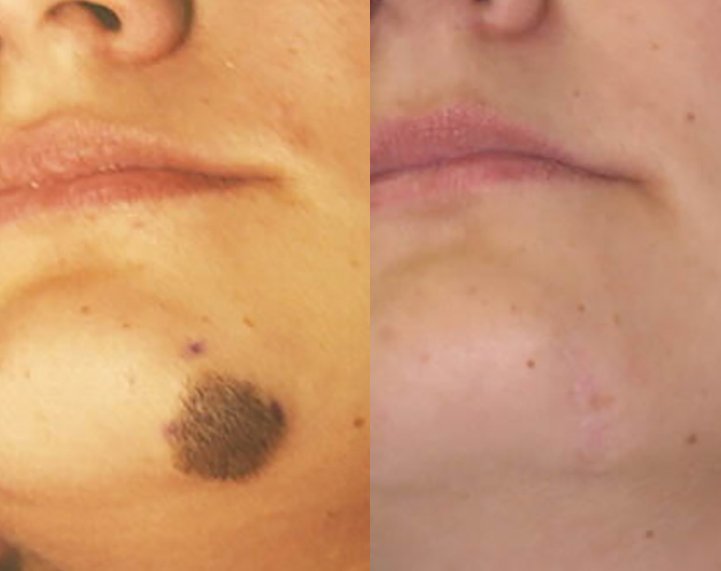
06
Mar
Why are moles so important?

‘There are no such thing as minor surgery only minor surgeons.’



Moles are frequently considered to be so unimportant that most surgeons don’t even feature them as a separate line item on their website. Mole surgery is often called ‘minor surgery.’ Dermatologists will often remove a mole as part of their standard consultation, performing the surgery in a few minutes and giving the impression to the patient that it is an inconsequential surgery. However, a badly conceived casual surgery can result in an unattractive scar that cannot be fixed and may well be worse than the original mole that was excised.
In reality, there is no such thing as minor surgery, only minor surgeons. Sometimes doctors call moles ‘lumps and bumps’ a somewhat derogatory term to further diminish their significance.
Not only is mole surgery not ‘minor’ but all surgery is also ‘major’ to the patient. Because of this myth of a mole being a minor problem, patients expect surgery to be quick and the result to be perfect. Neither may be the case. Mole removal can often be quite complex and require complex and lengthy surgery to get the best result.
All mole excisions result in a scar. The goal is to minimize the scar by camouflaging it in natural skin creases which also allows the best quality healing. In an ideal situation the result is a thin line which is barely visible, but as always there is no guarantee as to the result. However, if a mole is removed without respect to the natural skin lines, then the result can look like a slash across the face and even worse, it might distort the margin of the lip or the eyelid or another important anatomical feature.
Moles are also often troublesome from a functional perspective as well as a cosmetic viewpoint. A mole on the face may just be a beauty mark or it may be a major visual distraction. It may sprout unattractive course hairs which have to be plucked or it can interfere with shaving. Over time, moles also tend to get bigger (and often darker) which can make their removal more challenging.
Removing a mole requires a great deal of skill. A mole must be removed completely so that it can’t regrow. Sometimes a mole can be close to an important anatomical structure such as the edge of an eyelid, lip, eyebrow, or a nostril, so that removing the mole must be done in such a way as to avoid any distortion or resultant deformity. One of the most important considerations is the direction of the excision, and the resultant scar which should be in line with the natural expression lines of the face. The same consideration applies to moles in other parts of the body such as the buttock or the trunk. Failure to place the scar in a natural crease or anatomical margin can make the wound stretch and even burst open or just create a wide unattractive scar. Other considerations are the type of stitching and the timing of stitch removal. If stitches are left in too long, they can create ‘railroad tracks.’ All of these factors have to be taken into consideration to get the best result.
So, the next time you are thinking of having a mole removed consult a plastic surgeon who understands how to get the best result. Don’t let a non-plastic surgeon remove or ‘shave’ a mole as part of a standard dermatological check-up. Quick ‘minor’ surgery can lead to major lifetime complications.
